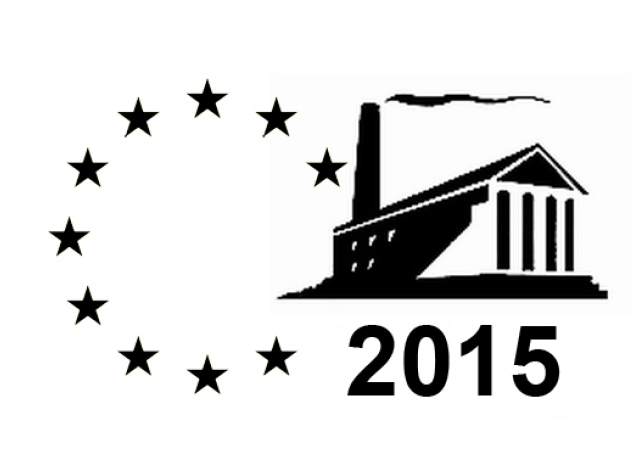Spotlight on Europe’s Industrial Heritage for European Heritage Days 2015
Spotlight on Europe’s Industrial Heritage for European Heritage Days 2015
Every year in September, the 50 signatory States to the European Cultural Convention take part in the European Heritage Days – a joint action of the Council of Europe and the European Commission, putting new cultural assets on view and opening up historical buildings normally closed to the public. The cultural events highlight local skills and traditions, architecture and works of art, but the broader aim is to bring citizens together in harmony even though there are differences in cultures and languages. This year for the first time over 30 countries are participating in a programme of events celebrating Europe’s industrial and design heritage.
Canals, mines, breweries, potteries, forges, railways, cotton mills tell us as much about our heritage as celebrated archelogical sites, cathedrals and castles. This year Europe has come together to examine our shared past through the unique lens of our Industrial Heritage, with more than 30 countries joining this common theme.
Throughout Europe we can see the remains of our industrial past: bridges, canals and railways, still in use today, making invaluable contributions to our economy. However, in most countries there are signs of long-gone industry – a derelict mill, a rusting machine, a brick chimney - all marking the sites of a once-thriving workplace and community. Our industrial past tells the story of change, development and creativity. It tells the stories of how and where we worked, the kinds of jobs we did and how we lived.
To download the official Press Release, click here.
